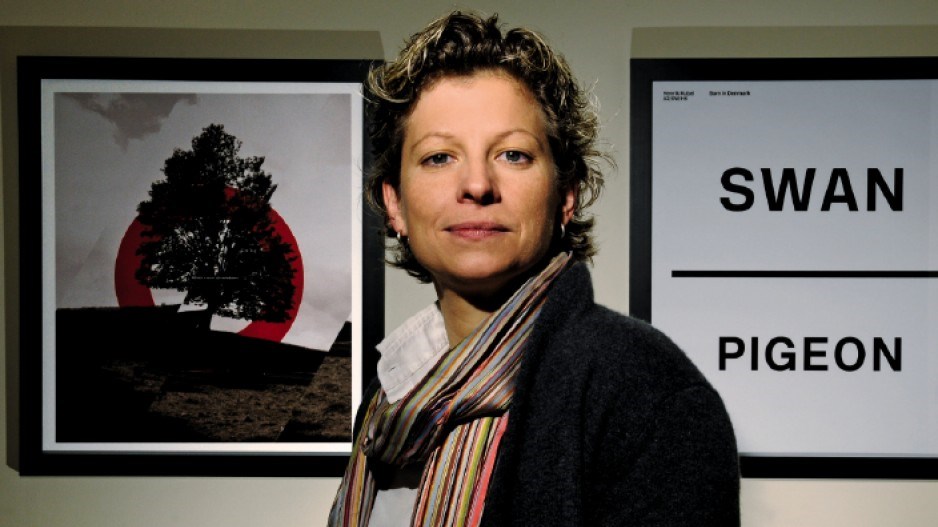The printing industry has seen its share of turmoil over the last five years. Rapidly changing technology, a depressed market, and an industry shift away from printed products has placed a stress on traditional operations.
“I’m doing much, much less print than I did in the past,” said Matthew Warburton, owner of Emdoubleyu Design and fellow of the Society of Graphic Designers of Canada, pointing to an obvious example. “[Printed] annual reports have dropped off the face of the earth. Now the stationery package we’re doing is all digital.”
It’s a sentiment echoed by Isabelle Swiderski, creative director of Seven25 Design & Typography.
“I think it’s very difficult to survive as solely a print design studio, which I think wasn’t the case a few years ago,” she said. Print has become only one element of her clients’ communication strategy, and that’s meant she’s had to shift to accommodate the demand.
“It means changing the model of your business and understanding the media involved,” she said. She’s found a need to place greater emphasis on the digital component of designing, such as that used in creating websites.
The phenomenon hasn’t undermined the need for designers. The expertise that’s required to understand, design and build, for example, a company’s image, has remained.
“The clients who are smart are actually realizing [they] need a designer even more than [they] did in the past,” said Warburton.
The ubiquity of a brand image in today’s technological environment raises the stakes on getting it right the first time. Clients are increasingly technologically literate, knowing better than ever how important image design can be to the success of their business.
Online solutions that place design tools in the hands of consumers have proliferated in recent years. Yet although clients may be technically literate, said Warburton, they still need to work with a designer to create the look they want. That’s because it’s a process that requires training.
“Understanding the business and designing a solution [for a client] is something that I think can only be achieved by professionals,” said Swiderski. More than simply choosing an image, the process requires a systematic approach that comes from training and experience. In graphic design, she said, the biggest expense is talent.
The recent shift has left the print side of the industry with its own challenges.
“I’d say in the last four or five years it’s changed significantly,” said Nikos Kallas, president of MET Fine Printers. The market has contracted, he said, but the costs of running the business have not. Purchasing, maintaining and running equipment remains the mostly costly part of operations, and that hasn’t changed.
Now that the components of the market’s design and print needs have fractured, essentially splitting business between digital design and printing, there’s more competitive pressure for the marketing dollars up for grabs.
“Where we used do a direct mailout where the customer would spend $100,000, now they might spend $50,000 on that same piece and then spend the other $50,000 on a website.”
Consequently, Kallas has had to adapt. “We’ve come up with new products and ideas, special processes, printing on special materials,” he said, explaining how his company now prints on a product made from recycled plastic bottles.
“We’re trying to come up with innovative solutions for the market,” he said, highlighting his company’s efforts to create a niche market for new products. It’s a marked change from the past, he said, when the market was healthier and there wasn’t a great need to explore new products.
Notwithstanding, there’s consensus on the prospects for growth, and those who are working hard to leverage creativity against the changing tide seem to be reaping the benefits.
“Innovations, new ideas, technologies, have really created a lot of opportunity for a lot of companies,” said Kallas. “You have to innovate or else you’re going to die, no matter how good the market is.”
“[Our] team is growing,” said Swiderski, who is set to hire two new employees in the next few weeks. She sees an added benefit in the change, noting that the challenge of being pushed to excel in multiple disciplines is offset by the benefits of being a “one-stop shop” for clients whom she can better retain by providing more comprehensive service. •




